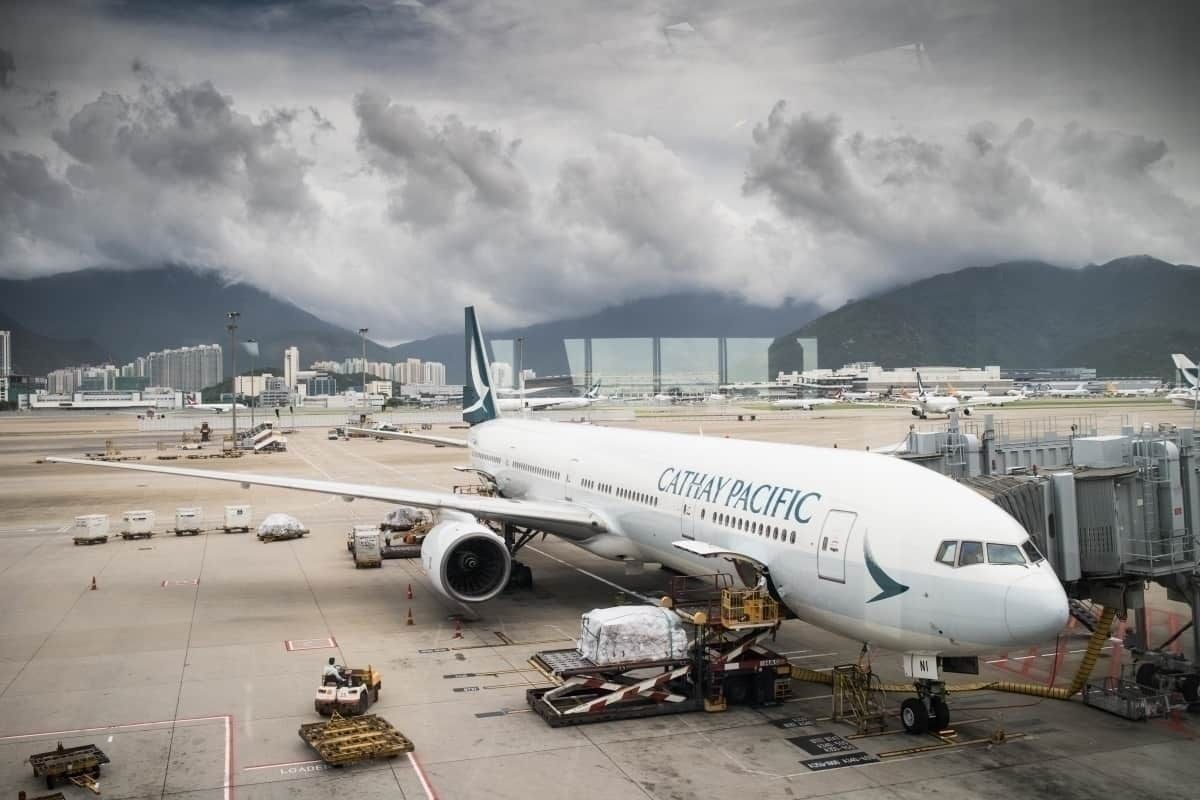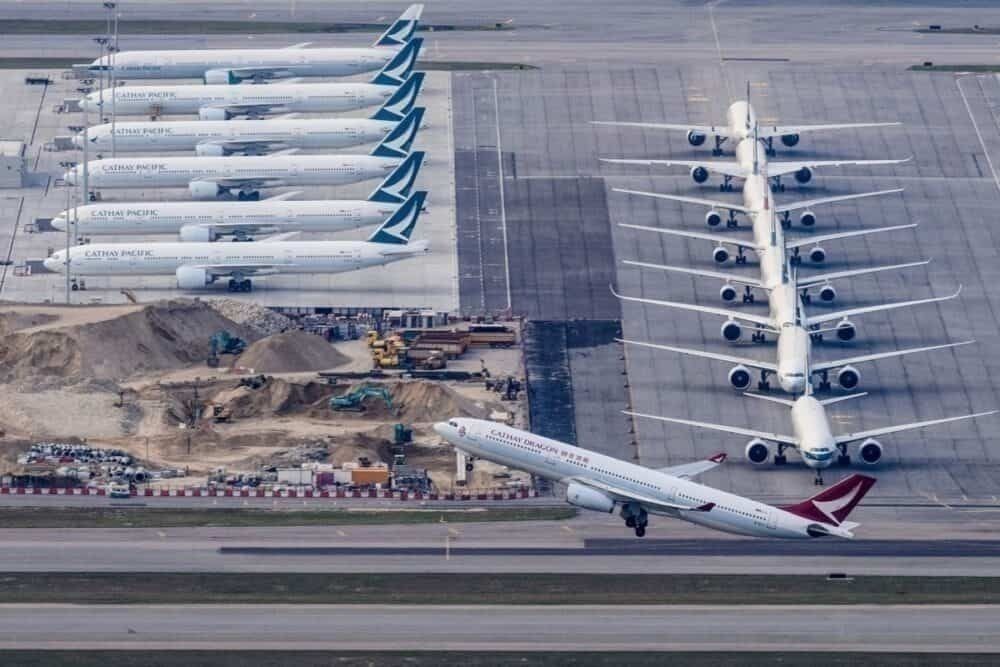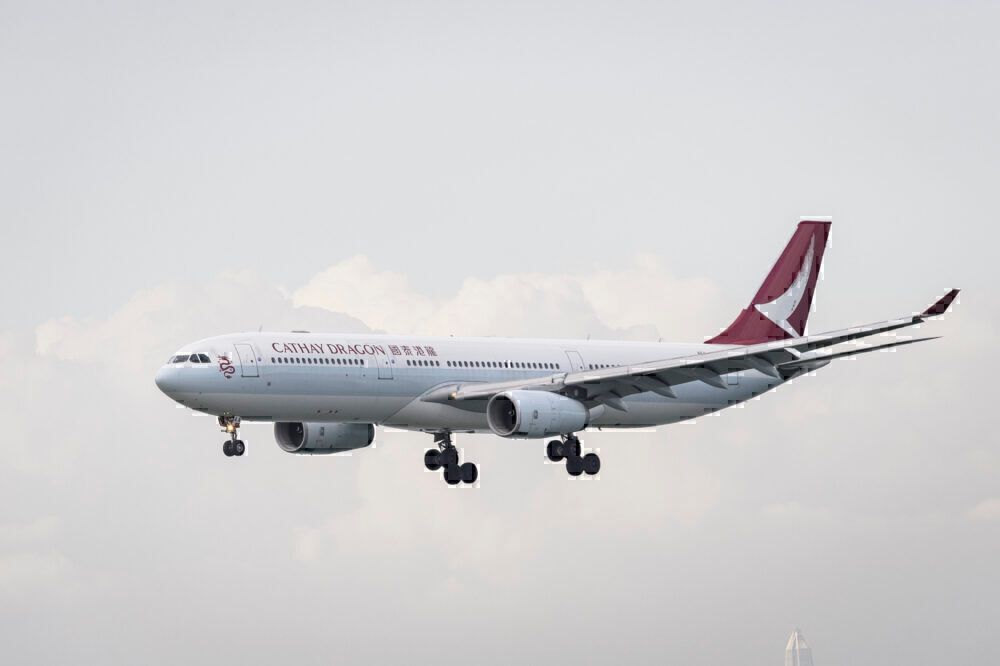This year has been hard for Hong Kong's home airline Cathay Pacific. Not only has the global crisis affected the carrier, but protests impacted operations for many months before. What is the airline fleet like near the end of 2020? Let's explore.
Why was this year hard for Cathay Pacific?
Make no mistake, every airline in the world is going through a tough time (although arguably cargo carriers are seeing a boom in business). However, for Cathay Pacific, this moment is tougher than most.
For a significant amount of time from 2015 to 2017, the airline operated at a loss. It did see a turnaround profit at the start of 2019 after a major revamp, but then it was hit by the political problems in Hong Kong. This reduced the amount of tourism and through traffic, affecting its bottom line.
Stay informed: Sign up for our daily aviation news digest.
This year, the crisis hit almost right after the protests, and the airline slashed 94% of all flights after it flew only 582 passengers in a single day in April. The airline has since found itself with too many planes, too many subsidiary carriers, and too much capacity. What happened to its fleet?
What aircraft does it have?
As of October 26th, 2020, Cathay Pacific has the following reported fleet:
- 25 Airbus A330-300s, 18 of which are parked and awaiting a resumption of business
- 22 Airbus A350s, split between 13 Airbus A350-1000s, and 27 Airbus A350-900s. Only nine of the A350-900s are in operation, and all the A350-1000s, with the rest in storage.
- Only 12 of its 66 Boeing 777-300 fleet is in operation, with the rest stored.
In terms of total numbers, only 61 of its 151 aircraft fleet is in operation, with the other 90 in storage. Just over 40%.
But it gets worse for Cathay Pacific. This month, the airline decided to merge Cathay Dragon (its regional airline) into the mainline Cathay Pacific brand. This means all the aircraft have been converted over. This includes:
- Twelve Airbus A320s
- Eight Airbus A321s
- 18 Airbus A330s
Some rumors have said that Cathay Pacific will retire the A320s and the A321s (but keep the order for the 16 Airbus A321neos). This fleet reporting doesn't include the 27 aircraft of low-cost subsidiary Hong Kong Express, of which only four are in active service. Nor does it include its cargo fleet of aircraft that are in heavy use.
What will happen in the future?
So far, Cathay Pacific has only sold six Boeing 777-300ER aircraft in a lease buyback plan to earn $700 million in funds. These aircraft are still on the books but were previously owned outright by the airline.
The airline has more aircraft on order (that is has deferred), such as two Airbus A321neos for Cathay Pacific, three more Airbus A350s (two A350-900s and one A350-1000), and an order for 21 Boeing 777X aircraft. However, Cathay has indicated that the latter is not expected until 2025 at the earliest.
The airline has also managed to secure a significant bailout by the Hong Kong government and looks to survive in the meantime with many of its aircraft in storage. However, with the inclusion of the Cathay Dragon fleet into its core business, some are questioning if the airline has too many aircraft and too much capacity for this brave new world.
What do you think? Will Cathay Pacific sell aircraft? Let us know in the comments.



